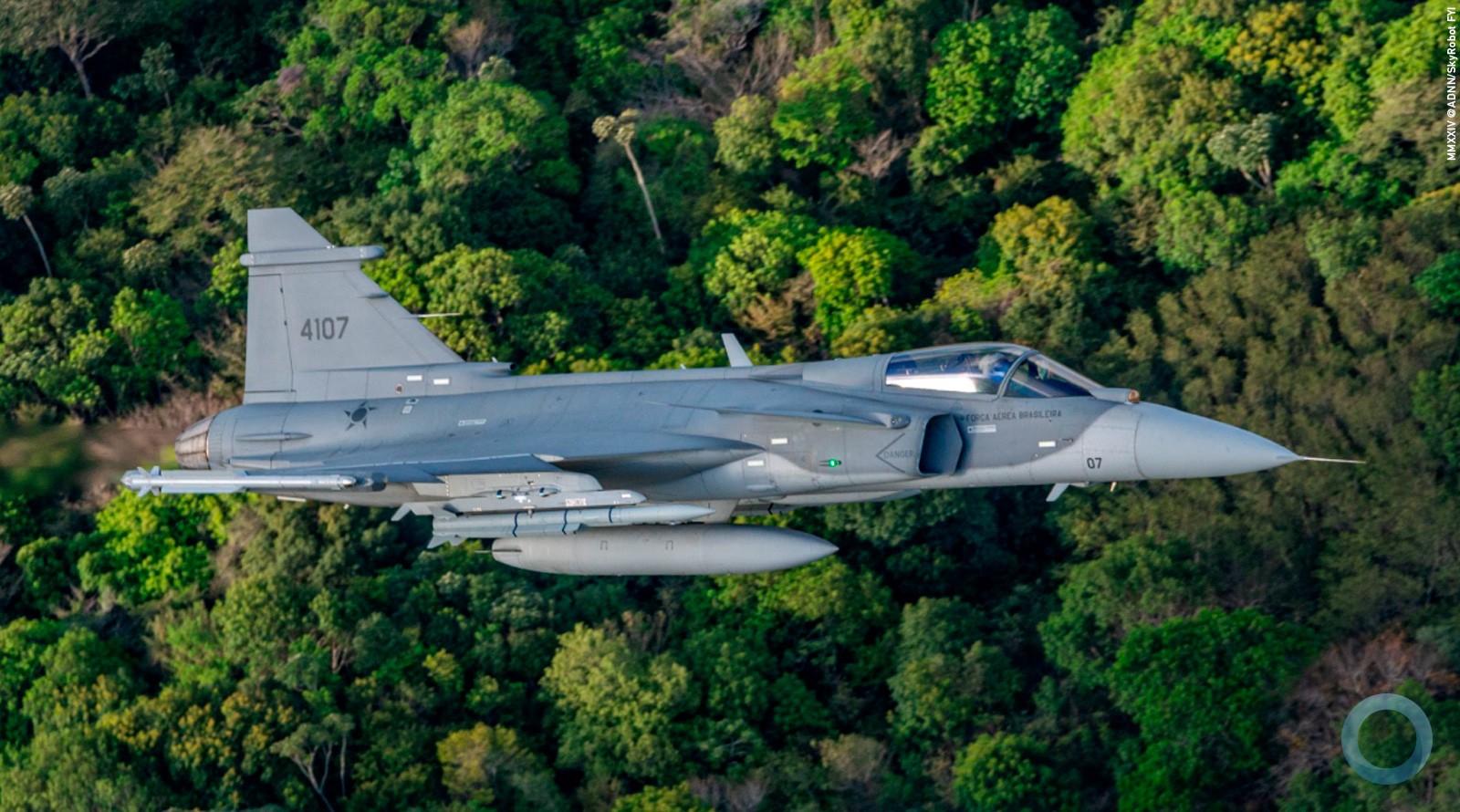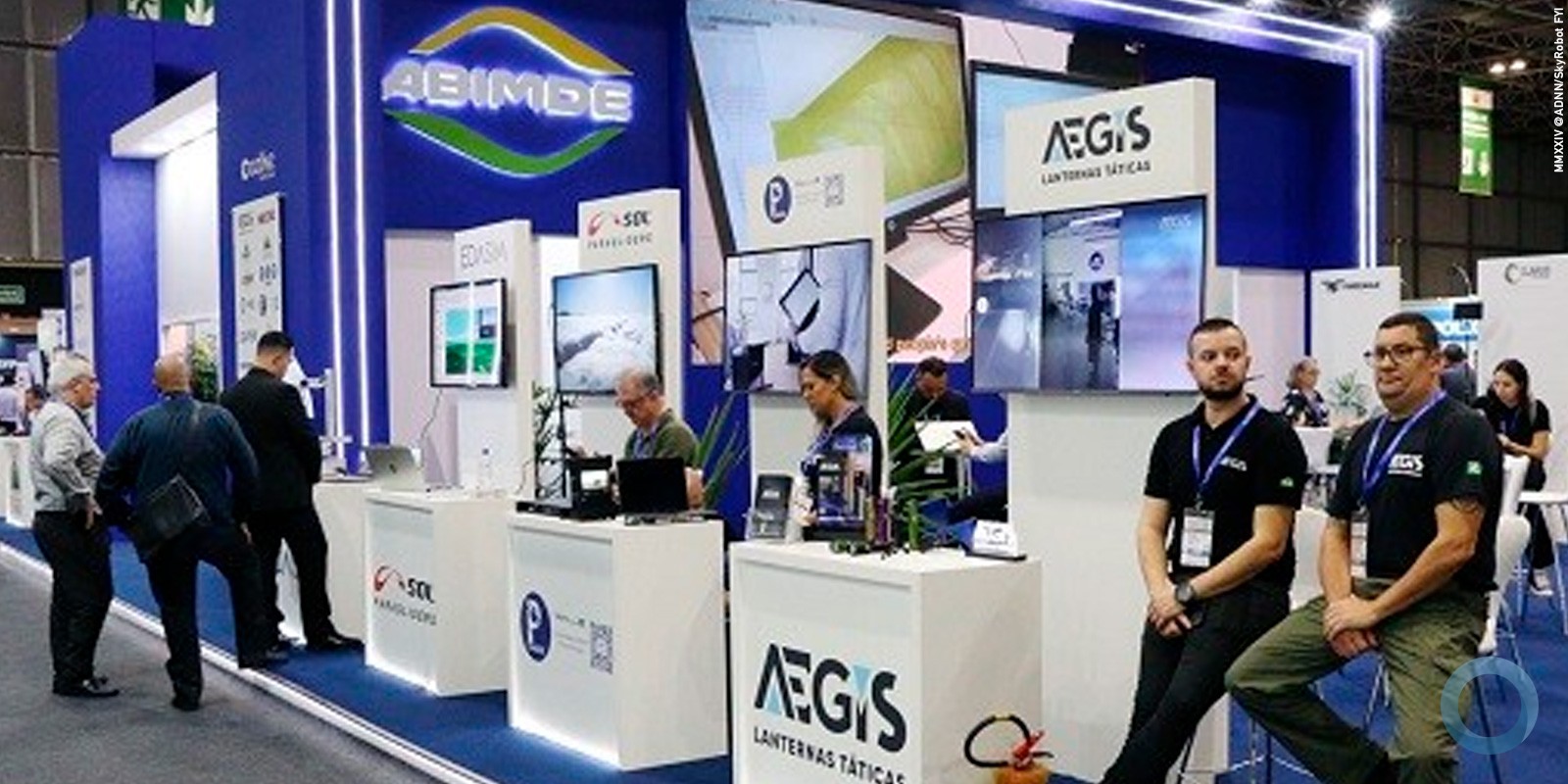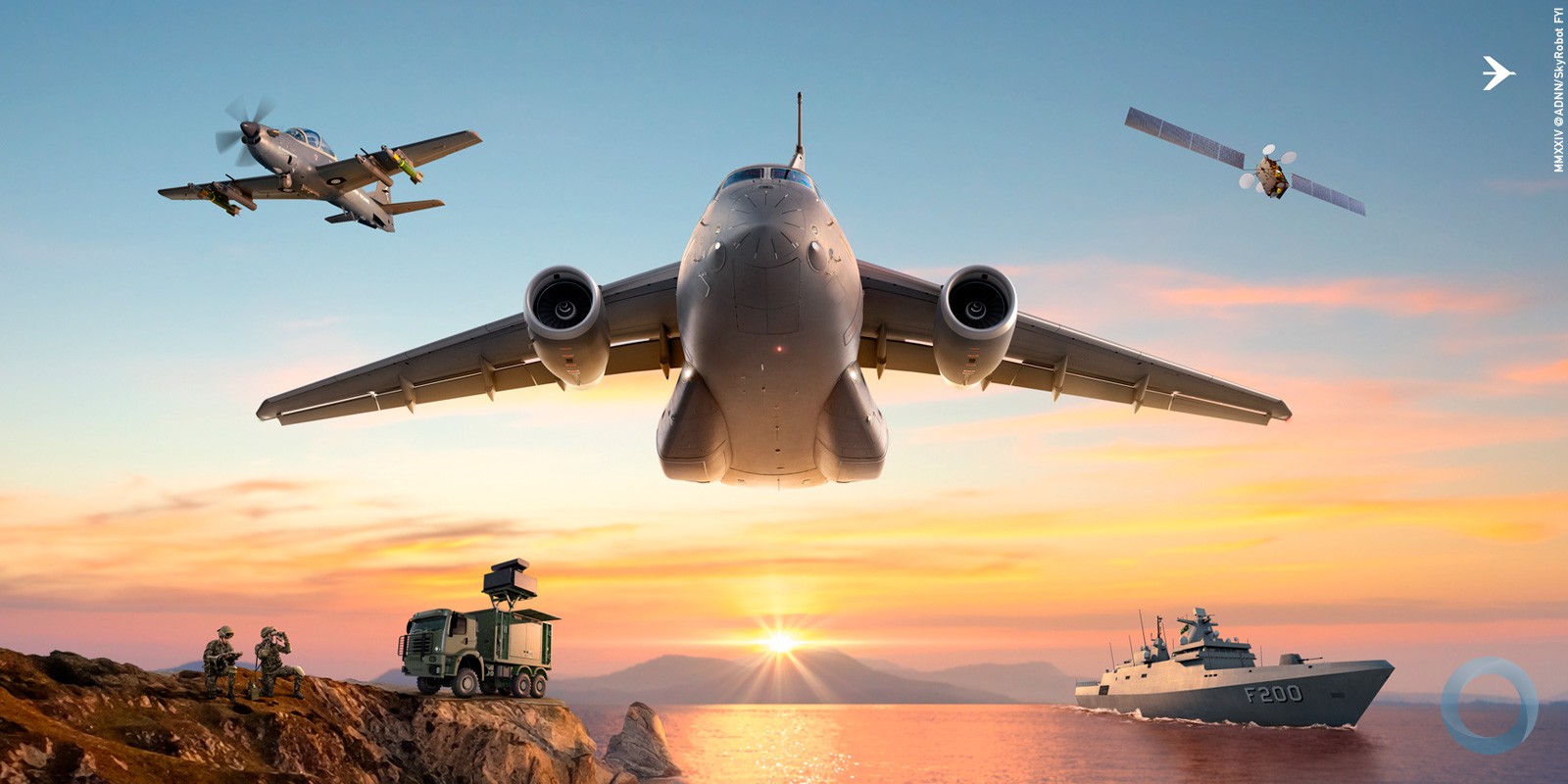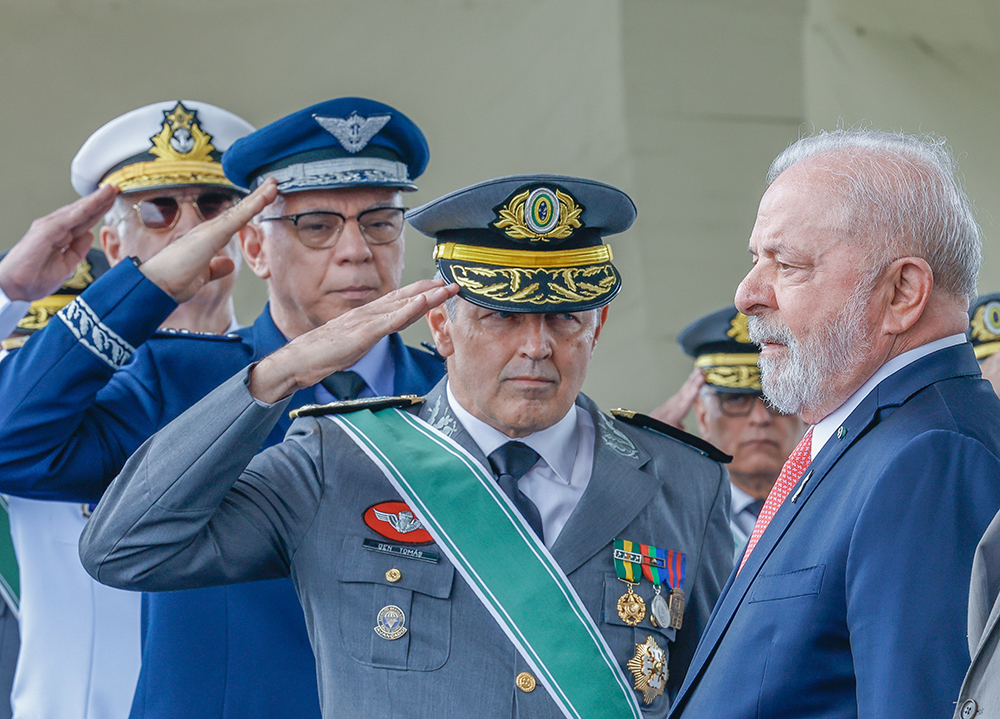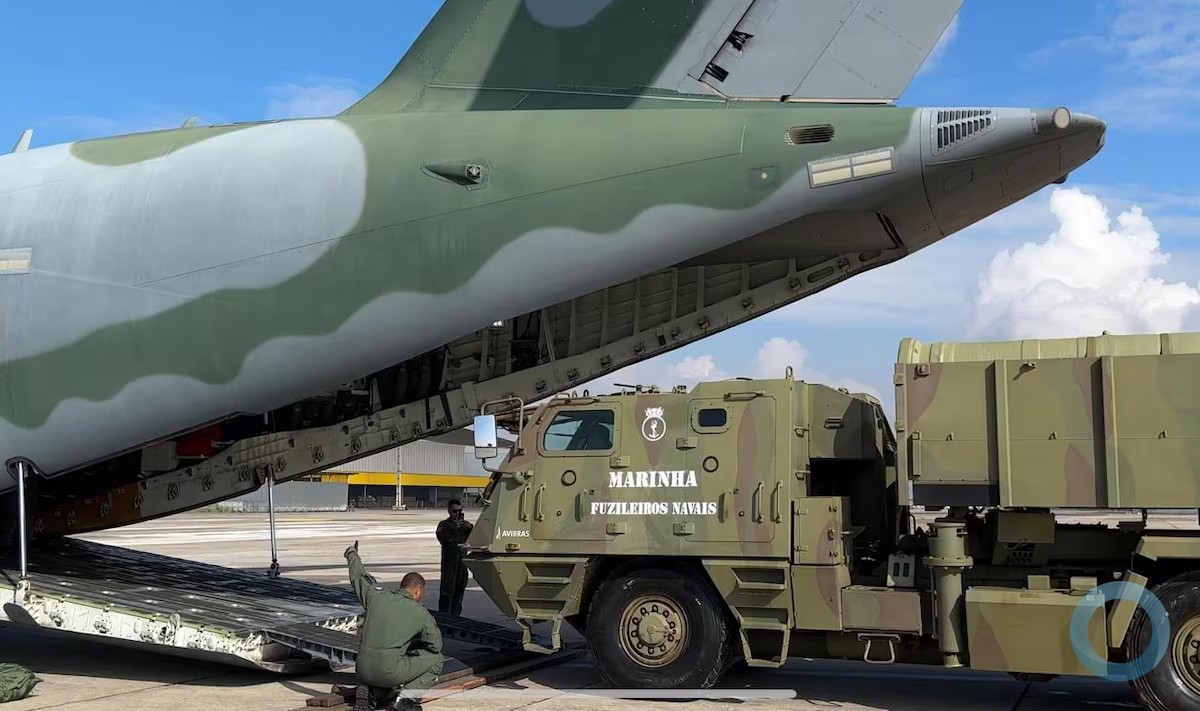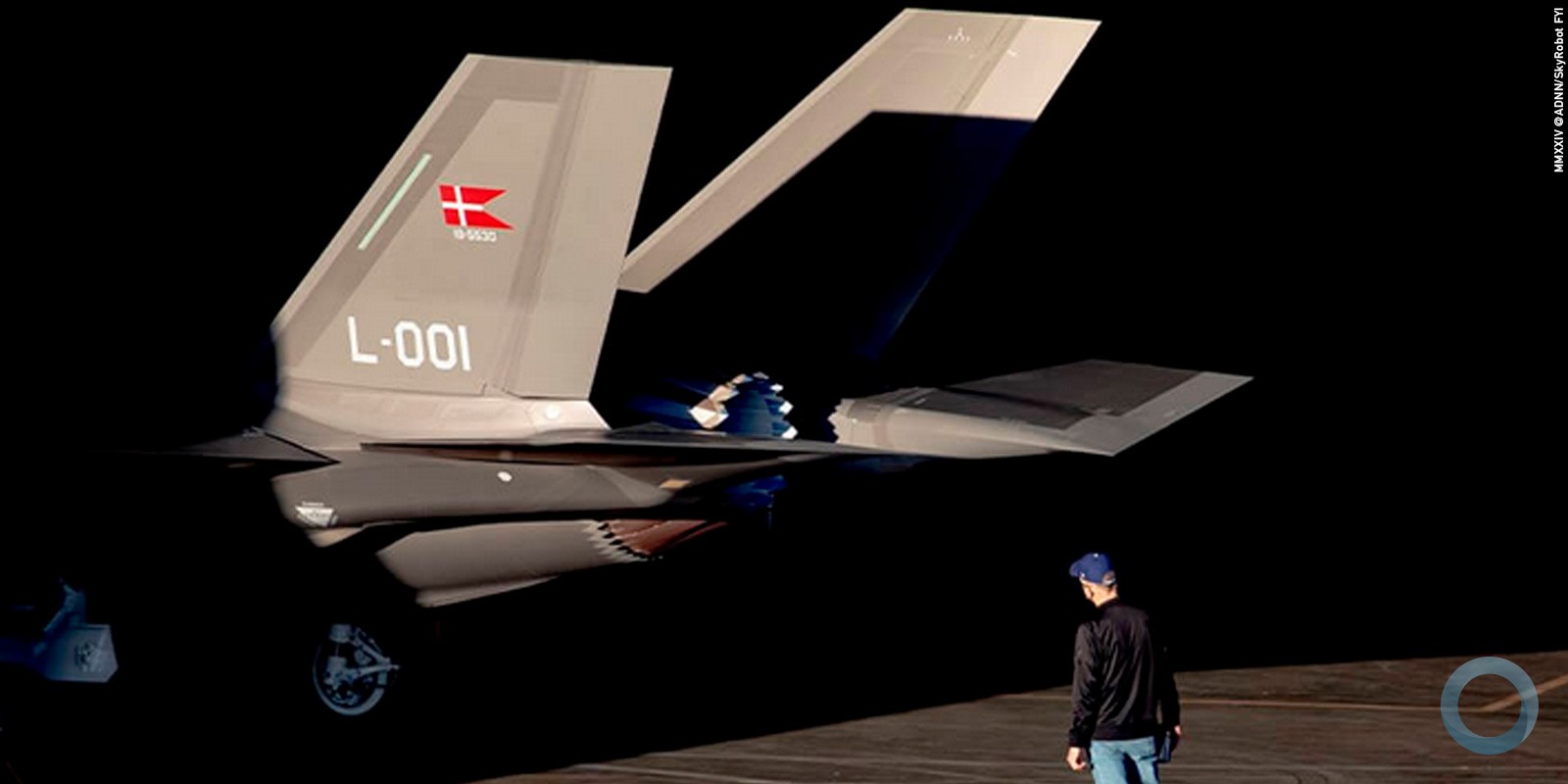Ximena Moratti
The navies of Brazil, Colombia, and Peru will join efforts in Bracolper Naval 2015, a military operation to combat transnational criminal activities in the Amazon region shared by the three countries.
“The naval operation is aimed at developing interoperability through joint tactical exercises and at increasing the capabilities of the Brazilian Navy, the Colombian National Navy, and the Peruvian Navy in the fight against criminal organizations in the Amazon region,” said Peruvian Navy retired Rear Admiral Juan Rodríguez Kelley.
International drug trafficking groups operate in the Tri-Border Area between Brazil, Colombia, and Peru, a region which is also known as the Amazonian Trapezoid.
“The Amazonian Trapezoid is an ideal area for drug traffickers working with criminal gangs or the Revolutionary Armed Forces of Colombia (FARC),” Rodríguez Kelley said.
In the last few decades, drug traffickers have increased their activities in the Tri-Border Area, often by transporting drugs through neighboring countries.
Organized crime groups engage in other criminal enterprises in the region, such as illegal mining, smuggling flora and fauna, and unauthorized logging.
“These dynamics in violation of the constitutional framework of each country are a general threat, keeping in mind the close relationship between the local populations and the consequences of these offenses,” Rodríguez Kelley explained.
Bracolper encourages international Military cooperation
Bracolper aims to fight these illegal activities by encouraging the navies to cooperate in the fight against organized crime in the Tri-Border Area. The operation will strengthen “the friendly ties between the institutions responsible for protecting and safeguarding the network of water ways in the Amazonian Trapezoid,” the Colombian Navy said in a statement after the 2015 Naval Operation planning meeting.
Officials from the three navies met to plan the operation at the Amazon Coast Guard Command in the port city of Leticia, Colombia. The operational chiefs of the Colombian Navy’s Southern Naval Force, the Brazilian Navy’s Ninth District, and the Peruvian Navy’s Amazon Region and Fifth Naval Zone General Operations Command participated in the gathering.
The Bracolper exercises are scheduled to begin on July 24 in Leticia, after a series of ceremonial events to help the ships’ crews learn about the cultures and customs of each participating country.
“Bracolper is unique among operations because it takes place in an Amazonian environment; the largest benefit falls to the three navies, it is cooperation, and the high degree of mutual trust the three navies have achieved,” Rodríguez Kelley said.
“The yearly increase in the complexity of these operations clearly shows the high degree of professionalism and commitment each Navy has towards executing the naval exercised.”
This initiative began in 1974 as a result of a sense of brotherhood and fraternity among Brazil, Colombia, and Peru; it began with the ceremonial visit of Brazilian river vessels to the city of Iquitos in Peru, and later to Leticia.
Bracolper will have three phases
Following the ceremonial activities, Bracolper will proceed in three distinct phases, involving exercises involving river gunboats, barges, rapid interdiction boats, helicopters, and Marine battalions, Rodríguez Kelley said.
The first phase will take place from July 24-27, in the Tri-Border Area, traveling up the Amazon River toward Iquitos.
Phase two will take place from July 31 to August 5 with the departure from the city of Iquitos down the Amazon River, arriving at the Tri-Border point, where naval participants will conduct a trilateral river-based enforcement exercise.
Phase three will unfold in two stages: from August 26 to September 5, where naval forces will meet at the Tri-Border point, then travel down the Amazon River until they reach the Rio Negro, culminating in their arrival at the Rio Negro Naval Station in the city of Manaus, Brazil.
From September 9-15 the Bracolper Naval Operation will depart Manaus, and travel up the Rio Negro and the Amazon River until arriving at the Tri-Border point.
During these voyages, the ships will conduct practical exercises in communications, formations, semaphore (sending signals by holding flags in certain positions), light cargo transfers, and rapid response, among other exercises that will help bolster the ships’ operational abilities.
“Bracolper is designed to be a significant naval operation that strengthens the bonds of brotherhood among neighboring countries working in the river areas under their responsibility with the common goal of closing off spaces from drug trafficking,” according to the Colombian Navy on a video from July 2014.
Drug trafficking complicates border situation
International drug trafficking organizations operate in the the Amazonian Trapezoid to try to take advantage of two large rivers, the Putumayo and the Marañón, which flow from coca-producing valleys in Colombia and Peru to the Atlantic Ocean. Drug trafficking organizations use fishing boats and other vessels to transport drugs on these rivers.
Fighting drug trafficking and other illegal enterprises helps protect the environment of the Amazonian Tri-Border area, which encompasses the largest water basin in the world, covers over a third of the Southern hemisphere’s land mass, and is home to Earth’s most diverse ecosystems, species, and gene pools. The area is also a repository for significant hydroelectric, petroleum, and mineral resources.
In this regard, the Bracolper operations “acquire significance, not only in terms of security cooperation, but also in sharing and exchanging blueprints for contributing to sustainable development in the region,” Rodríguez Kelley said.
Outside the framework of the Bracolper operations, bilateral operations between Peru and Brazil on the Yavarí River as well as bilateral operations between Colombia and Peru on the Putumayo River “contribute effectively and continually to the fight against new threats.” These operations include humanitarian aid, medical Brigades, maintenance work, and improvements to public infrastructure.





















